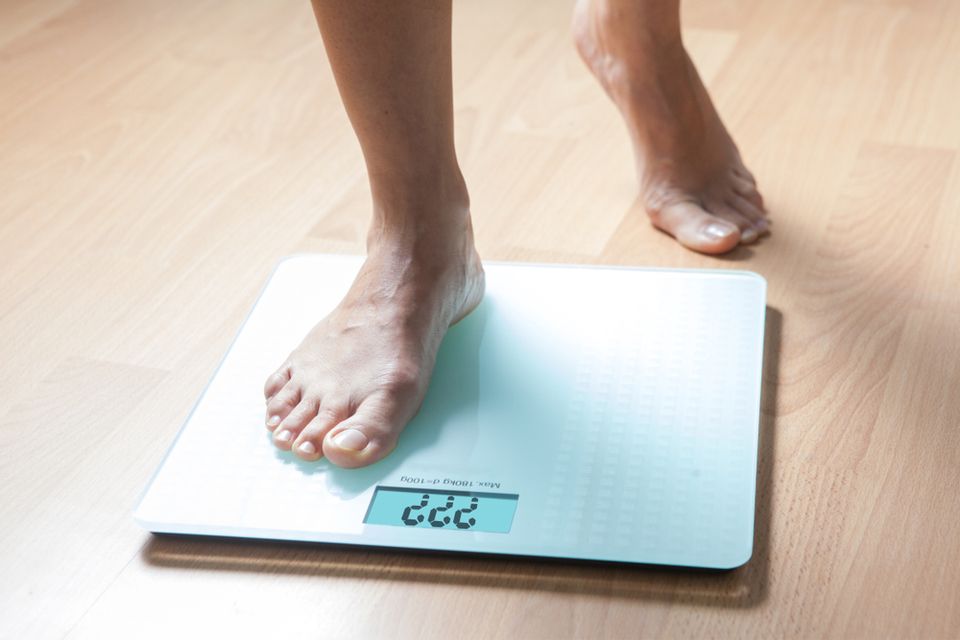When strength, hypertrophy, or muscle toning are your goals, trading weights for cardio is the leading trend. Performance and aesthetics can certainly be your primary focus, but how’s your heart’s health? According to the Centers for Disease Control and Prevention, with cardiovascular disease affecting 25% of people and being the number one cause of death in the U.S.,1 let’s dig into cardio facts versus fiction so you can build fitness programs for physique and for health.
Myth #1: Cardio breaks down your hard-earned muscle.
You may have heard that cardio is catabolic, meaning it breaks muscle down, and strength training is anabolic, meaning it builds muscle up. Both statements can be true or false, depending on activity duration, intensity, and nutrient timing.
When using cardio to build leg muscle, hypertrophy lies in selecting the right variables:2
- Frequency: 4-5 days/week
- Duration: 30-45 minutes
- Intensity: 70-80% heart rate reserve
You can calculate your heart rate reserve by following these steps:
- 220 – age = A
- A – resting heart rate = B
- (B x .70) + B = C
Your answer for C is 70% of your heart rate reserve. If this seems too intense at first, work up to it gradually over 6-12 weeks by performing intervals such as jogging for 1 minute, then walking for 1-2 minutes.
The building or breakdown of muscle is also highly dependent on nutrition. If you are not taking in enough calories to support your body’s needs, weight loss could also include muscle loss. While many attempt to counter this with fasted cardio, or post-workout protein loading, understanding workout nutrient timing can help you maintain or build muscle while also focusing on physique goals.
--------------
RELATED: Things You Can Do To Avoid Heart Disease
--------------
Post-workout nutrition depends on pre-workout nutrition. You can begin individualizing your nutrient timing with the following guidelines:3
- Fasted workouts: If you work out first thing in the morning before breakfast, consume protein and carbohydrate after your workout to help your body prioritize muscle sparing and building.
- Post-meal workouts: If you work out 1-2 hours after a meal, immediate post-exercise protein supplementation does not appear to offer a muscle-building advantage.
- Pre-lunch or post-work workouts: If your workout is 3-4 hours after your last meal, consuming about 25 grams of post-workout protein can help preserve and add lean muscle mass.

Myth #2: Cardio decreases your strength.
Muscle fibers come in different types. Type I supports endurance, while Type II supports strength, power, and speed. Some worry that cardio will turn Type II fibers into Type I fibers, causing strength, power, and speed loss. While this myth seems to circulate the Internet, evidence to date does not suggest that Type II fibers turn into Type I fibers.4
Performing cardio will not decrease muscle strength or power unless cardio and resistance training are performed concurrently, or cardio is coupled with calorie restriction to decrease muscle mass. Cardio, alone, will also not improve strength or power, as strength and power rely more on the muscle’s anaerobic versus aerobic abilities. Strength and power development must be trained with sufficient loads for specific improvement.
Cardio does, however, increase the strength of one muscle: the heart. When performed regularly, cardiovascular exercise increases the thickness of the heart’s left ventricle.4 The left ventricle powers the blood flow to the body with every squish. A stronger left ventricle improves the heart’s efficiency, contributing to endurance, increased movement efficiency for longer periods of time, and overall heart health.4, 5
Myth #3: Resistance training is better than cardio for overall health.
Popular thought suggests that strength training has an increased exercise post-oxygen consumption (EPOC), or workout “afterburn,” meaning that your body takes longer to return to its baseline metabolism after a weight-lifting session versus a cardio workout. This gives rise to the myth that weight lifting burns more calories and keeps burning calories all day versus cardio only burning calories during the workout.
While this can be true if comparing heavy resistance training or resistance training circuits to steady-state, low-intensity cardio, health is more comprehensive than counting calories. Cardiovascular exercise is superior in some health-building aspects, while resistance training is better in other areas.
Cardiovascular exercise is generally superior for decreasing weight and body fat initially, improving the heart’s efficiency (both at rest and during workouts), building stamina, building capacity for longer workout durations prior to fatigue onset, and decreasing blood pressure.5 Resistance exercise is generally superior for increasing lean body mass, strength, and resting metabolism.5
Interestingly, both forms of exercise appear equally effective at improving cholesterol profiles, improving insulin regulation of glucose metabolism, and improving insulin sensitivity.5

Summary
While common physique mythology may pre-dispose our minds to think that strength training is good and cardio is bad, both physique and overall health can benefit from strength and cardio.
The balance of how much resistance training and how much cardio training to include in a well-rounded program can be individualized based on your current workout level, fitness goals, and overall health interests.
--------------
About the Author: Dr. Meredith Butulis is a Sports Medicine Physical Therapist, NSCA Certified Strength and Conditioning Coach, ACSM Certified Exercise Physiologist, NASM Certified Personal Trainer, and Precision Nutrition Certified Nutrition Coach in practice since 2002. She consistently walks the talk as a fitness, physique, and OCR world level competitor and lifestyle transformer since 2006, celebrating many wins along the way. Want more total fitness lifestyle inspiration and interaction? Follow Dr. Meredith on Instagram @Dr.MeredithButulis or join the free “Fitness Focus Fuel” Facebook Group.
--------------
References
- CDC. (2020) Leading causes of death. Retrieved from: https://www.cdc.gov/nchs/fastats/leading-causes-of-death.htm
- Konopka, A. R., & Harber, M. P. (2014). Skeletal muscle hypertrophy after aerobic exercise training. Exercise and sport sciences reviews, 42(2), 53–61. https://doi.org/10.1249/JES.0000000000000007
- Aragon, A. A., & Schoenfeld, B. J. (2013). Nutrient timing revisited: is there a post-exercise anabolic window?. Journal of the International Society of Sports Nutrition, 10(1), 5. https://doi.org/10.1186/1550-2783-10-5
- Haff G.G., Triplett, N.T. (2016). Essentials of Strength and Conditioning. 4th Ed. Human Kinetics.
- Pollock, M.L. et al. (2000). Resistance Exercise in Individuals With and Without Cardiovascular Disease: Benefits, Rationale, Safety, and Prescription An Advisory From the Committee on Exercise, Rehabilitation, and Prevention, Council on Clinical Cardiology, American Heart Association. https://doi.org/10.1161/01.CIR.101.7.828 Circulation.101:828–833






